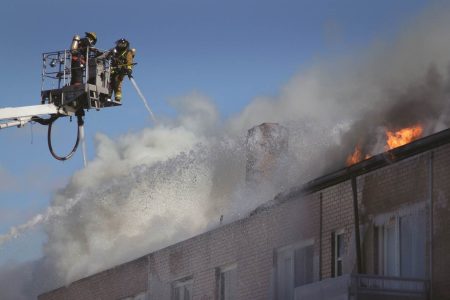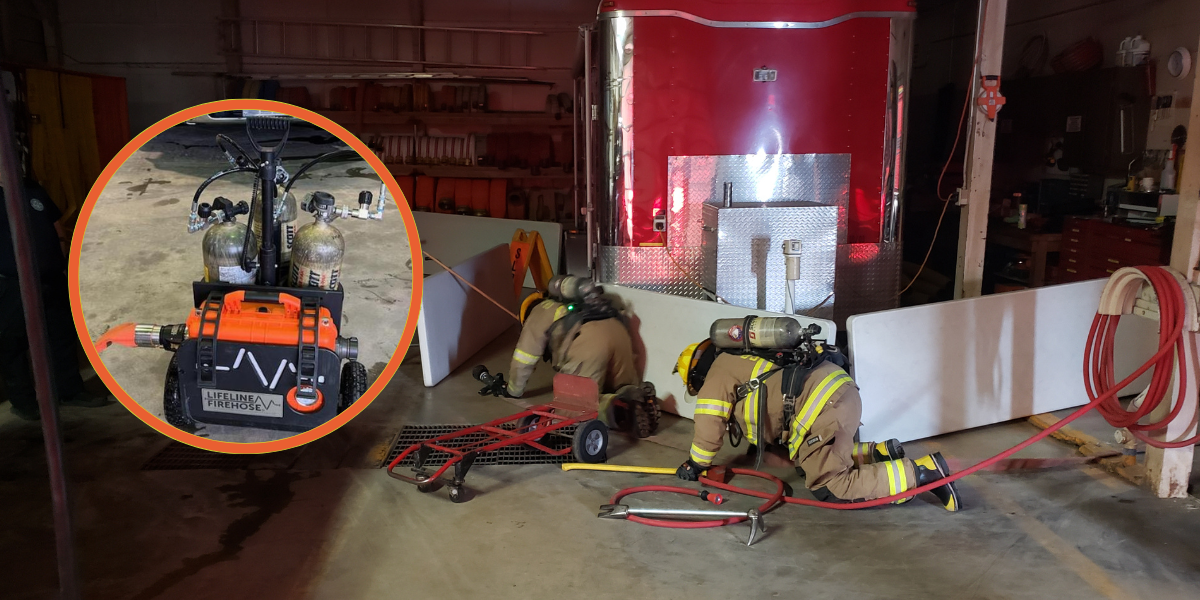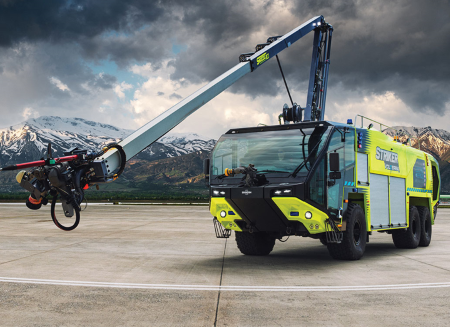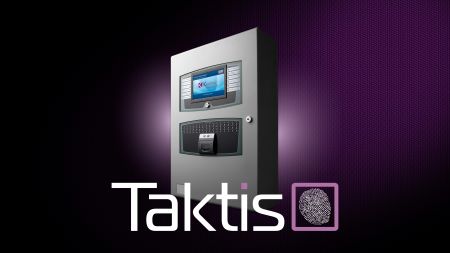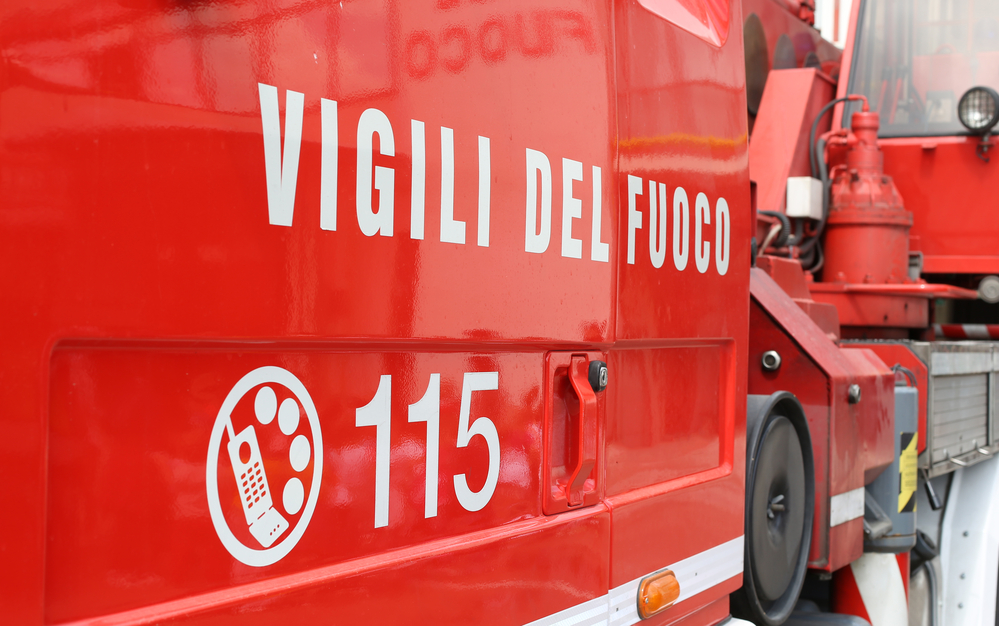There are few things more likely to cause destruction of property and loss of life than an uncontrolled fire, and there are dozens of requirements and guidelines detailing the steps which must be taken to prevent this. For developers, these regulations offer some protection: Being fully compliant repositions responsibility for fire outbreaks from those responsible for the design, planning and construction work onto the regulatory requirements themselves.
Unfortunately, these regulations can also represent a considerable headache. Because specification requirements are so stringent, it can be surprisingly easy to find oneself out of compliance when, for example, certified fire protection equipment installed on one project is deemed unsuited for application in a similar context. A couple of degrees of inclination or ambient temperature can make all the difference, rendering a product officially inappropriate and therefore landing the developer responsible within the scope of liability, sometimes for considerable damages or even criminal proceedings.
Taking a look, for example, at the regulations covering natural smoke and heat exhaust ventilation reveals the comprehensive, stringent and complex nature of the testing and certification requirements, and the variety of applications in which varied classifications are acceptable or not. The specification for natural smoke and heat exhaust ventilators is EN12101-2, laid out in a 44-page document which covers design requirements, an expansive set of testing protocols, marking stipulations and installation and maintenance information.
One of the six core areas covered is of course heat resistance. Vents are classified as B A, B 300 and B 600, depending on whether they can withstand less or more than 300’C, or more than 600’C respectively. Passing this test requires that the throat area of the vent not be reduced by more than 10% of its original size when exposed to heat for a period of an hour.
Vents also need to withstand freezing temperatures, both in cold areas and countries and in cold storage environments. This is especially important as most fires in residential settings occur during the winter and even without ice or snow load, subzero conditions can easily damage the operational integrity of the vent. Vents earn the classifications T(00), T(-05), T(-15) and T(-25), the designation representing the number of °C below zero at which they were successfully tested. Vents need to reach fire open position within 60s to pass this test, and products which fail to perform in freezing conditions are only suitable for installation in climates which don’t experience sub-zero temperatures during winter.
Another requirement is Aerodynamic Free Area. This describes the effectiveness of the vent as an exhaust route, and is determined by the geometric area of the vent and the volume of gas exhausted from the room. The requirements also warn of negative discharge of air into the vented room, identifying that ventilators which have a curved overall profile and opening hatch are more likely to lead to intake of air.
Reliability testing sees devices into three categories, Re A, Re 50 and Re 1000. The classifications refer to the number of times the vent will open to the fire open position and close within 60 seconds under no applied load. Vents must also be demonstrated to remain in fully open position without an external energy supply until reset. Dual purpose ventilators also have to reach their normal comfort position 10,000 times before being tested for fire opening reliability.
Vents also need to be tested for reliable opening (to full fire open position, which is 140° for single vents) under load within 60 seconds. Vents are graded from SL 0 to SL 1000 in terms of snow load, referring to the test load applied in Pa. If a vent only earns the SL 0 classification, it can still be installed at a 45° angle. Vents are also tested for side wind influence, being subjected to 10m/s winds from the most unfavourable direction possible.
The regulations also lay out requirements for labelling products, which, in addition to the name or trademark of the manufacturer, year of manufacture, type and model, must also be marked with the technical characteristics of the external energy supply or integral gas container, temperature of the thermal initiation device if one is fitted, aerodynamic free area and classification for wind load, snow load, low and high temperature and reliability. Products also need to carry the number and year of the European Standard under which they were tested.
While this standard is the most critical, smoke and heat ventilators must also meet a battery of other requirements and regulations in order to be properly certified as compliant. In terms of the design of ventilators, for example, there’s a highly restricted number of applications where it’s acceptable for an exclusively manually-operated device to be installed. All other applications require some sort of automatic initiation device: if this makes use of a smoke detector, the detector must comply with EN54-7, if it uses a thermal initiation device, this must comply with the requirements of EN12259-1. Any smoke control panels used must be compliant with EN12101-9 as well as EN12101-10.
We’re still quite a way from demystifying all the regulations which underpin the suitability of different devices on different construction projects, and the matter of exactly what regulations apply to each different setting or context can remain foggy, obscure and ultimately a notable hassle for many developers.
There is, however, a powerful resource available for simplifying the matter of achieving compliance which a lot of developers aren’t taking full advantage of: The supplier. Suppliers of compliant products partly rely on their comprehensive knowledge and understanding of the regulations for their own success, and they’re perfectly positioned to act as consultants when it comes to working out exactly what’s required and where. Establishing a dialogue with your supplier can allow you to take advantage of their experience and provide the peace of mind of knowing conclusively that a job is, officially, a good one. We can’t ignore the importance of regulatory compliance but we can, to an extent, make the process of working out the specific requirements of each project somebody else’s problem.





